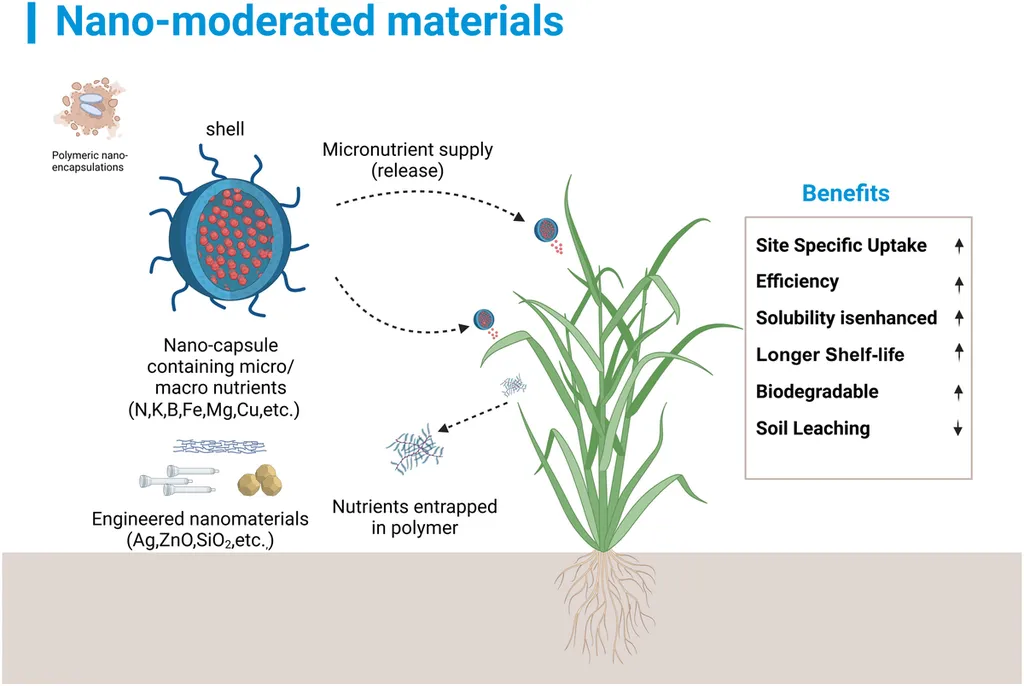In a groundbreaking study published in the journal *Discover Materials* (translated from Amharic as “Discover Materials”), researchers have unveiled a novel method for synthesizing silver nanoparticles (AgNPs) using the biomass of Phytophthora infestans, a pathogen notorious for causing late blight in plants. The research, led by Jebel Haji Mahamud from the Department of Applied Physics at Adama Science and Technology University, opens new avenues for sustainable and eco-friendly nanoparticle production with significant implications for the energy sector.
The study focuses on the biosynthesis of AgNPs using Phytophthora infestans biomass as a reducing and stabilizing agent. This approach not only leverages a readily available biological resource but also offers a green alternative to conventional chemical methods. “The use of Phytophthora infestans biomass is innovative and aligns with the growing trend of utilizing biological entities for nanoparticle synthesis,” Mahamud explained. “This method is not only cost-effective but also environmentally friendly, reducing the reliance on hazardous chemicals.”
The researchers employed a variety of characterization techniques to analyze the synthesized AgNPs. UV-Vis spectroscopy revealed a distinct peak at 441.883 nm, indicating the formation of AgNPs. The Tauc plot further highlighted a direct bandgap of 2.038 eV, suggesting enhanced optical properties. Scanning Electron Microscopy (SEM) analysis showed a heterogeneous distribution of spherical and sheet-like AgNPs with an average diameter of 42.05 nm. X-ray Diffraction (XRD) confirmed a face-centered cubic structure, with the crystalline size decreasing from 12.03 nm (nonagitation) to 10.71 nm (agitation).
One of the most compelling aspects of this research is the antibacterial activity of the synthesized AgNPs. Antibiotic assays demonstrated a dose-dependent response, with significant efficacy at concentrations of 40 and 60 μg/ml. “The antibacterial properties of these AgNPs are promising,” Mahamud noted. “They could be integrated into various applications, including antimicrobial coatings and water purification systems, which are crucial for the energy sector.”
The potential commercial impacts of this research are substantial. In the energy sector, the development of antimicrobial coatings could enhance the longevity and efficiency of solar panels, wind turbines, and other energy infrastructure by preventing biofouling and microbial degradation. Additionally, the use of biosynthesized AgNPs in water purification systems could ensure cleaner and more sustainable energy production processes.
This study not only highlights the potential of Phytophthora infestans biomass for nanoparticle synthesis but also underscores the broader implications for sustainable and green technologies. As the world continues to seek eco-friendly solutions, the biosynthesis of nanoparticles using biological resources offers a promising path forward. The research published in *Discover Materials* sets a precedent for future developments in the field, paving the way for innovative applications in various industries, including energy, healthcare, and environmental sustainability.

